By Katie Magee
If you know John Evans, Lemuria’s owner, then you know that he is a huge fan and friend of Jim Harrison. A few months back, John mentioned that he was planning on re-reading Harrison’s stuff. I had not read any, so I asked if I could tag along on his little literary adventure. John obliged and the first leg of our trip was The English Major, a novel Harrison published in 2008. This book is the story of a retired English teacher-turned-farmer, Cliff, whose wife, Vivian, decides she is going to leave him for someone else.
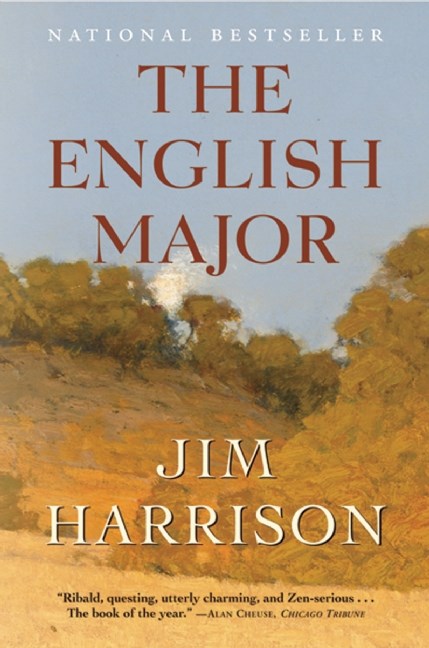 Cliff, having become increasingly disappointed in the names of the states and names of the state birds in the United States, decides this is a perfect time to travel around the entire country and rename both of these things. With him, he carries a puzzle of the fifty states and as he leaves each state he tosses the puzzle piece in a place of his choice.
Cliff, having become increasingly disappointed in the names of the states and names of the state birds in the United States, decides this is a perfect time to travel around the entire country and rename both of these things. With him, he carries a puzzle of the fifty states and as he leaves each state he tosses the puzzle piece in a place of his choice.
Somewhere about Montana, Cliff and an old student of his, Marybelle, decide they should meet up. This meeting leads to Marybelle traveling with Cliff for a little while. Marybelle is an extremely estranged woman with an unhealthy obsession with her cellphone and a fictional son that she speaks of as if he is real. Cliff’s trip is supposed to help him figure out his next step in life, figure out what to do with the rest of his time, but Marybelle very much hinders his soul search.
Besides Marybelle, we spend a good but of time with Cliff’s friend AD (Alcoholic Doctor) who he goes on a fishing trip with in Montana. Along the way, we also meet Cliff and Vivian’s son, Robert, who is a big shot in San Francisco. To me, the most interesting visiting characters you get to know are Bert and his girlfriend Sandra. Bert owns a snake farm and Sandra is an ex-meth addict who sometimes shoots coyotes out of the upstairs window.
Cliff, eventually returning back to Michigan where he started his journey, seems to have come to terms with his new life. I so thoroughly enjoyed traveling around the states with Cliff and meeting the various interesting people he has shared his life with. If you are like me and you haven’t read any Harrison, this book is a wonderful introduction to Jim’s world. If you are like John and you have read all the Harrison that is out there…twice, pick up this one for a third time.

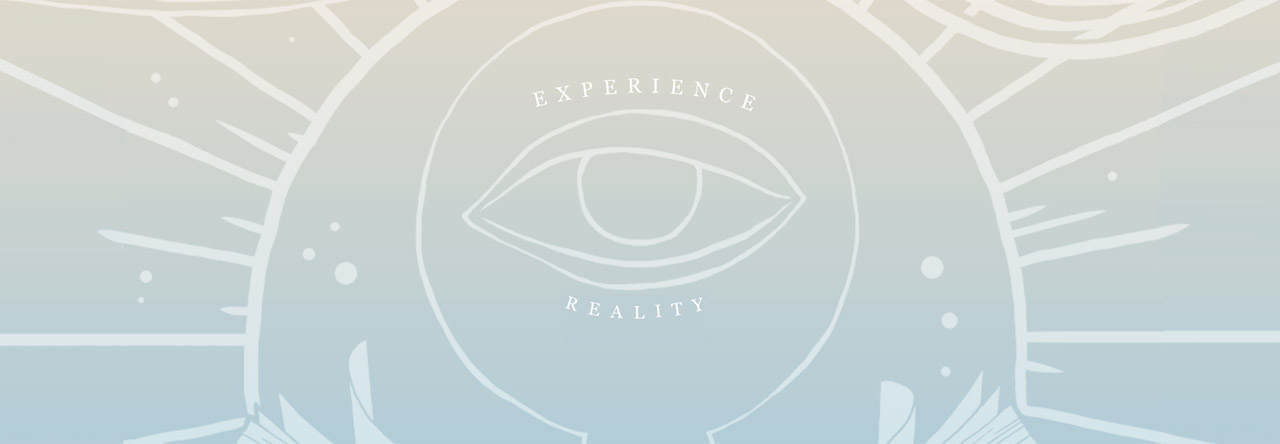


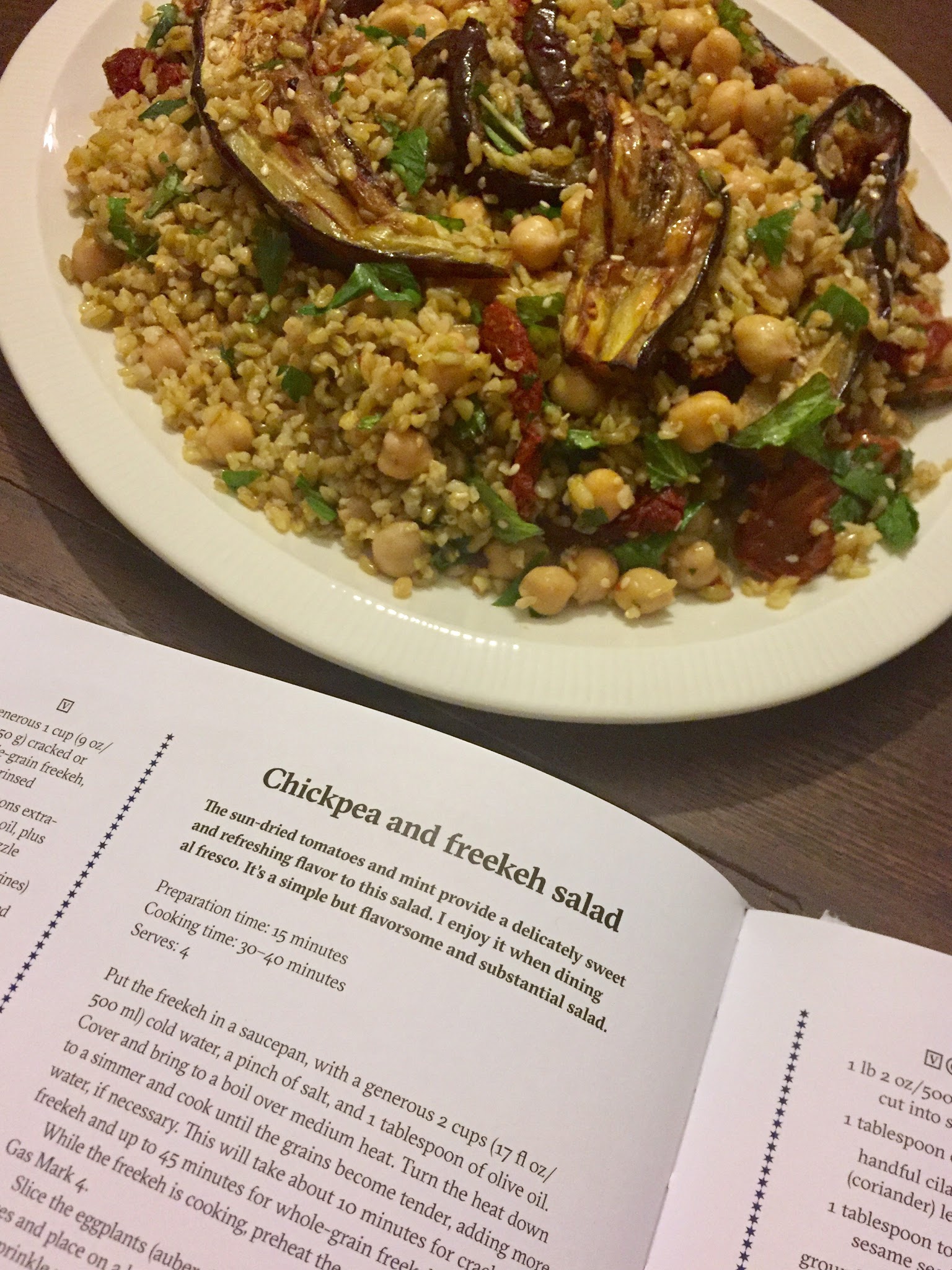

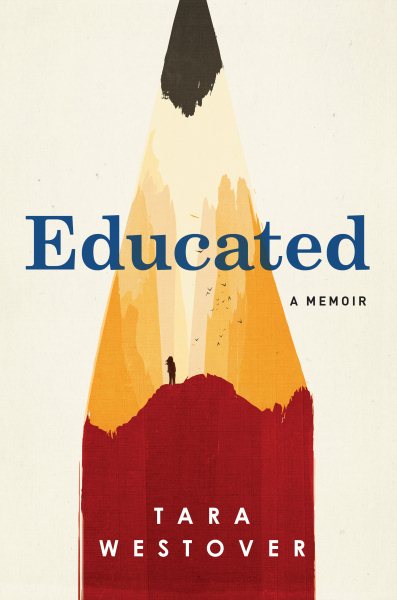 Tara Westover tells the true story of growing up on a mountain in Buck Peak, Idaho with her eccentric family. But eccentric doesn’t even begin to cover this cast of characters. Tara’s father, a zealous Mormon and self-proclaimed prophet, is convinced of the Illuminati and Y2K. Tara and her 6 older siblings spend time canning food and burying guns in preparation for the “end times.” Their mother, who turned her back on her strict and proper upbringing to marry Tara’s father, is a midwife and herbalist.
Tara Westover tells the true story of growing up on a mountain in Buck Peak, Idaho with her eccentric family. But eccentric doesn’t even begin to cover this cast of characters. Tara’s father, a zealous Mormon and self-proclaimed prophet, is convinced of the Illuminati and Y2K. Tara and her 6 older siblings spend time canning food and burying guns in preparation for the “end times.” Their mother, who turned her back on her strict and proper upbringing to marry Tara’s father, is a midwife and herbalist.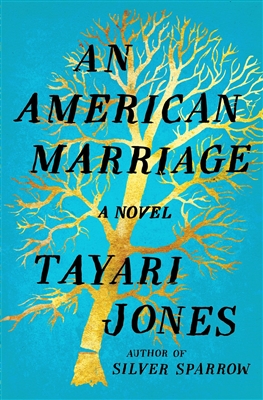 Newlyweds Celestial and Roy drive from their home in Atlanta to visit Roy’s parents in Eloe, Louisiana. Tension between Celestial and her mother-in-law makes the young couple decide to rent a hotel room rather than stay at the house. At the hotel, an argument between the couple sends Roy out of their room for less than an hour, an hour that will determine the course of both of their lives.
Newlyweds Celestial and Roy drive from their home in Atlanta to visit Roy’s parents in Eloe, Louisiana. Tension between Celestial and her mother-in-law makes the young couple decide to rent a hotel room rather than stay at the house. At the hotel, an argument between the couple sends Roy out of their room for less than an hour, an hour that will determine the course of both of their lives.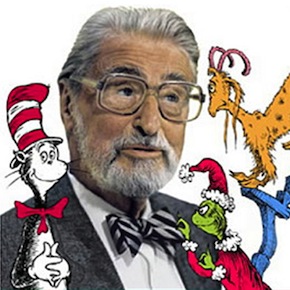

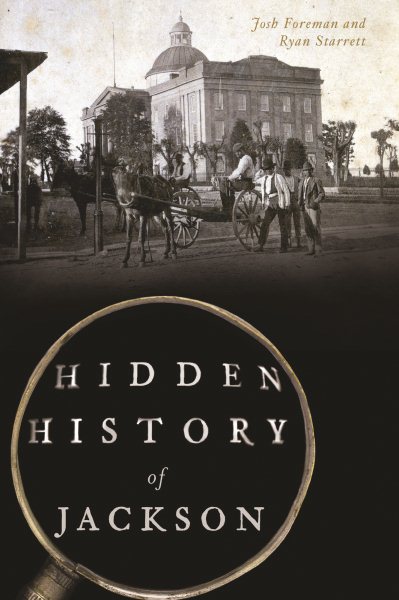 Perhaps others among you received a more comprehensive education at your own schooling or by your own volition, but for anybody who considers themselves a true Jacksonian, I cannot recommend highly enough Josh Foreman and Ryan Starrett’s
Perhaps others among you received a more comprehensive education at your own schooling or by your own volition, but for anybody who considers themselves a true Jacksonian, I cannot recommend highly enough Josh Foreman and Ryan Starrett’s 
 It feels fresh and original, yet follows in the footsteps of The Wind in the Willows and Watership Down with strong animal characters, funny dialogue, and an intriguing plot. Originally published in the United Kingdom, this story begins when a young rabbit named Shylo goes to visit the the grizzled, battle-scarred Horatio, an elderly rabbit with half an ear. Shylo enjoys these visits because Horatio tells him stories of the Great Rabbit Empire. When Horatio asks Shylo is he remembers the oath made by rabbits long ago to protect the Royal Family, Shylo eagerly recounts the tale of how King Arthur wanted to declare rabbit pie as the favorite meal of the kingdom, but his nephew Prince Mordred loved rabbts. And so…
It feels fresh and original, yet follows in the footsteps of The Wind in the Willows and Watership Down with strong animal characters, funny dialogue, and an intriguing plot. Originally published in the United Kingdom, this story begins when a young rabbit named Shylo goes to visit the the grizzled, battle-scarred Horatio, an elderly rabbit with half an ear. Shylo enjoys these visits because Horatio tells him stories of the Great Rabbit Empire. When Horatio asks Shylo is he remembers the oath made by rabbits long ago to protect the Royal Family, Shylo eagerly recounts the tale of how King Arthur wanted to declare rabbit pie as the favorite meal of the kingdom, but his nephew Prince Mordred loved rabbts. And so… One such conversation I feel like I’m not that knowledgeable about is immigration. I hear a lot of things, but haven’t really tried reading about the topic myself. So when The Line Becomes a River fell into my hands, I knew it was a chance for me to start listening to that conversation more closely.
One such conversation I feel like I’m not that knowledgeable about is immigration. I hear a lot of things, but haven’t really tried reading about the topic myself. So when The Line Becomes a River fell into my hands, I knew it was a chance for me to start listening to that conversation more closely. I said, “Self?” and myself said, “Hmm?” And I replied, “Sis, this book is good. It’s pretty good…. I mean, it’s REALLY GOOD.” And before you question my sanity, I let you in on a not-so-secret secret: I often have conversations with myself about something that speaks to me, or rather, enraptures me. Besides, once you begin reading this fast-paced psychological thriller, you’ll not only question the narrator’s sanity, you’ll be critiquing your on perspective about the world around you, the validity of your memories, and your own perception of the people we probably talk to the least: our neighbors. Oh, and if you’re a cinephile like me, this book will give you all the feels for Alfred Hitchcock’s most popular films.
I said, “Self?” and myself said, “Hmm?” And I replied, “Sis, this book is good. It’s pretty good…. I mean, it’s REALLY GOOD.” And before you question my sanity, I let you in on a not-so-secret secret: I often have conversations with myself about something that speaks to me, or rather, enraptures me. Besides, once you begin reading this fast-paced psychological thriller, you’ll not only question the narrator’s sanity, you’ll be critiquing your on perspective about the world around you, the validity of your memories, and your own perception of the people we probably talk to the least: our neighbors. Oh, and if you’re a cinephile like me, this book will give you all the feels for Alfred Hitchcock’s most popular films.